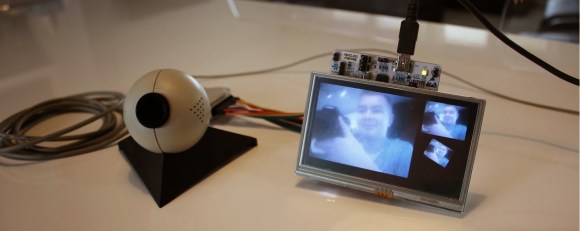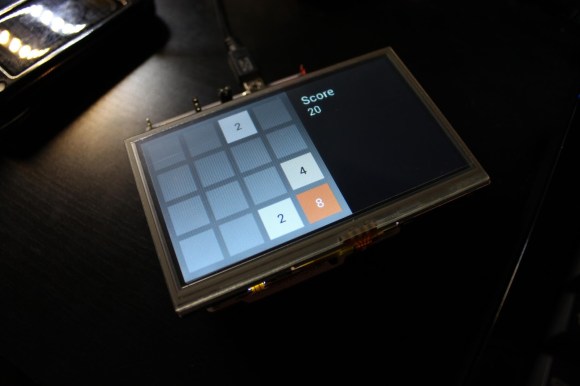
[Andrew] couldn’t pass up a 20ish year old parallel port based webcam he saw on the shelf at a thrift store. It’s a Connectix QuickCam and was the first webcam that did not require a separate video input card to interface with your computer. Due to this feature, the webcam was extremely popular, so popular that Logitech ended up buying Connectix and marketing the camera for themselves.
It’s tough to find a newer computer that still has a parallel port, but using an old computer wasn’t [Andrew]’s plan anyways. After thinking about it, he decided to try to get the camera’s image to display on a Gameduino 2.
The hardware list is fairly minimal. The cam’s parallel connector is plugged straight into STM32 Nucleo development board by way of several jumpers. The Gameduino 2 is connected to the dev board and a USB to PS/2 adapter was made to power the camera.
Continue reading “Hacking An Old Parallel Port Webcam To Work With A Gameduino 2”

 How ’bout that 2048 game? Pretty addictive, huh? Almost as addictive as embedded systems are, at least if you’re [Andrew]. Armed (pun intended) with a Nucleo F4 and a Gameduino 2 shield, he decided to have a go at making
How ’bout that 2048 game? Pretty addictive, huh? Almost as addictive as embedded systems are, at least if you’re [Andrew]. Armed (pun intended) with a Nucleo F4 and a Gameduino 2 shield, he decided to have a go at making 









